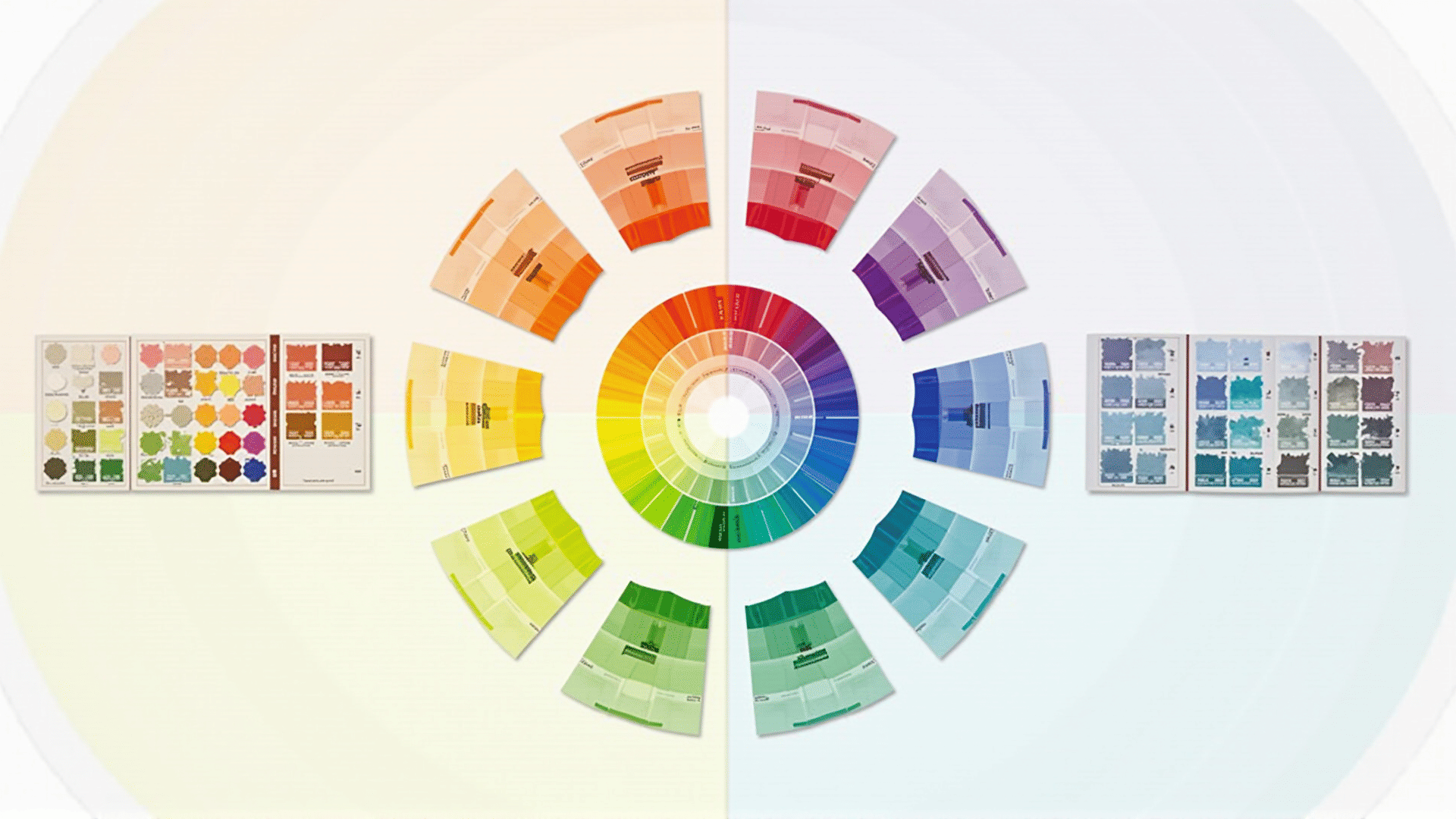Color theory is a fascinating field that explores the interactions of colors, their psychological effects, and their ability to convey messages and evoke emotions. At its core, color theory involves understanding how different colors work together and how they can be used to influence perceptions and behaviors.
Colors can be categorized using the color wheel, a traditional tool in which hues are arranged in a circular format. The primary colors—red, blue, and yellow—are fundamental, as they cannot be created by mixing other colors. Secondary colors—green, orange, and purple—are formed by combining equal parts of two primary colors. Tertiary colors are created by mixing a primary color with a secondary color.
Complementary colors sit opposite each other on the color wheel and create striking contrasts when paired. These combinations can draw attention and add interest to visual compositions. An understanding of analogous colors, which are located next to each other on the wheel, is also important as these combinations provide harmony and unity.
Cultural and psychological factors play a significant role in how colors are perceived. For instance, red is often associated with passion and excitement, while blue can invoke feelings of calm and stability. Green may signify growth and nature, while yellow is often linked to energy and warmth. It's crucial to consider these emotional resonances, as they can vary widely across different cultures and contexts.
In practical applications, understanding color theory is vital for effectively communicating specific messages and creating atmospheres. Whether it's choosing a color palette for an environment, artwork, or digital presence, the choices can significantly impact a viewer's emotional response and engagement.
The science of color influences numerous fields, from the arts to the creation of spaces that invoke certain moods. By mastering color theory, one can utilize the interplay of hues to craft visually cohesive and emotionally compelling experiences, making colors an indispensable tool in artistic and aesthetic contexts.
